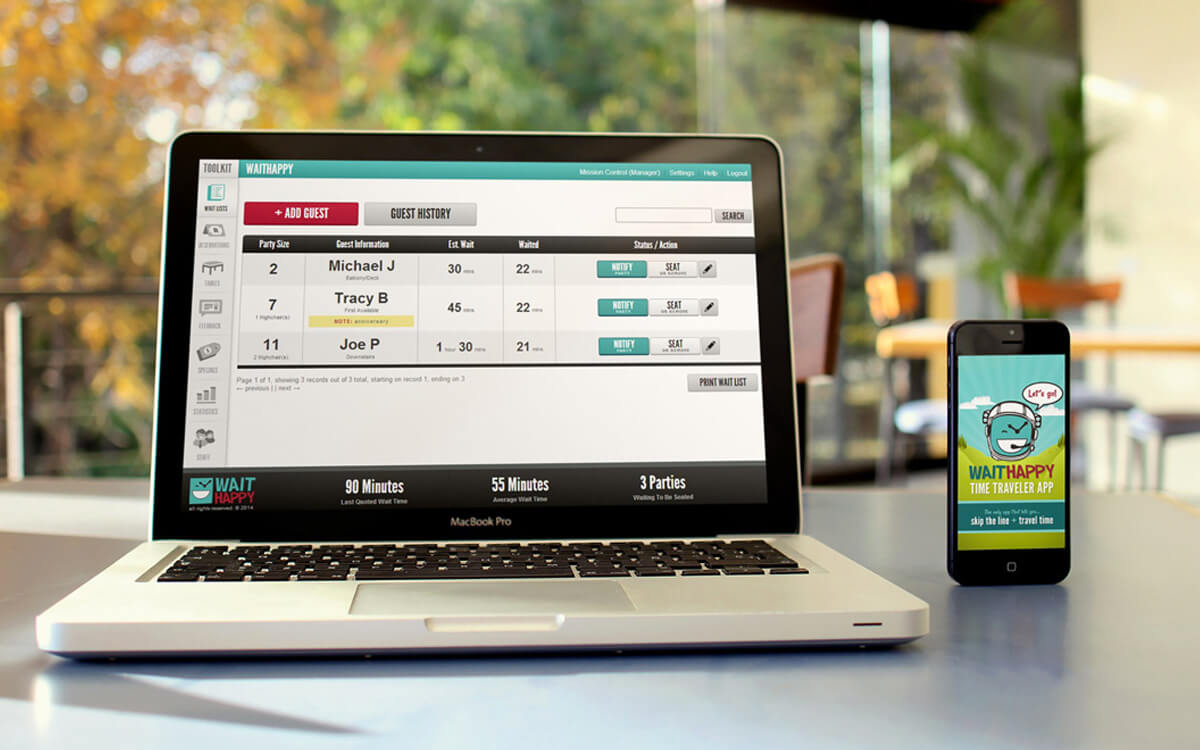4 Social Media Management Tools We Love

How many times have you shared a link on social media this week? How many times have you retweeted something on Facebook? How many of your shares were then retweeted or reshared?
Searchenginejournal.com recently published the results of an experiment showing that Facebook accounts for nearly a quarter of all site visits, meaning that links and articles posted to Facebook are responsible for referring 24% of incoming traffic to all sites.
This isn’t news to me – I recently looked back through my own activity log on Facebook and discovered that I ‘like’ upwards of 35-40 links per week (which implies that I click and view those links) and share between 5 and 10 of them. I also discovered that many of those liked and shared links come from only a small number of Facebook pages (like Refinery 29) that I tend to see in my Newsfeed multiple times per day. These pages post content that I like to look at and share because the content is organized well, relevant, and posted often.
Within only about 5 years the social media landscape has changed a lot. While many of us use social media primarily to connect with our friends, platforms like Facebook and Twitter are undeniably valuable for marketing teams. Leveraging social media in a professional manner needs to be a priority for any business, big or small, because increased visibility and site traffic impacts the business’s bottom-line. Doing social media right takes time. But thankfully there are a number of tools -- some of them new and some of them old -- to help you get the job done right. Here are a few social media management tools we love at Monkee-Boy:
Buffer lets us quickly schedule and manage content

Why Marketers Should Use Buffer:
How often a business posts to its social media profiles depends on the industry. However, common sense should tell us that a steady stream of content posted on a daily basis will amass a greater reward of likes and shares from users on Facebook. Forgetting to post for a week or two may seem harmless, but it really is a missed opportunity.
What Buffer Does:
Buffer allows users to add posts to a queue and automatically send them out at a consistent pace throughout the day and week. The great thing about this service is it makes sharing found content much easier. Buffer lives in your browser's toolbar, so all you have to do is buffer a link to your various social media accounts, saving you the time of opening a new window, logging in, and cutting and pasting. You can Share Now, Share Later, Or Add to Your Queue (for scheduling).
Tip:
Rewrite the default copy that Buffer ads to your posts. Otherwise, you'll always sound like a robot and your social media presence will lack personality. Get More Information on Buffer
Hootsuite gives us one dashboard for all of our social media accounts

Why Marketers Should Use Hootsuite:
Realistically, you cannot have browser windows open and devoted at all times to your business’s Twitter, Facebook, Pinterest, Google+, Wordpress blog and flickr. And more importantly, if you are an agency with a marketing team, you may need to monitor multiple accounts, channels, and pages every day. That many browser windows would be an organizational disaster!
What Hootsuite Does:
Like Buffer, Hootsuite allows social media managers to schedule content to be posted across platforms. But Hootsuite really excels when it comes to monitoring. All accounts can be monitored in one simple stream. Hootsuite also appoints responses to comments and mentions to members of your team.
Tip:
Don't hide behind your HootSuite. While the software does help keep multiple accounts organized, it's a bad idea to simply use HootSuite as your primary interface for social media. You still need to interact personally with your audience. Get More Information About HootSuite
Feedly is a news aggregator that helps us scan our favorite sites for content

Why Marketers Should Use feedly:
Scheduling and monitoring tools like the ones described above are only going to be useful if you have valuable content to post. But no one can feasibly devote all of their time to scanning the web for content that meets the high expectations of your followers, especially if you have to visit all of your sources individually. Think of all the browser windows!
What feedly Does:
Feedly is essentially an RSS feed reader used to curate content, which can then be posted to the social networking platforms or to scheduling tools like Hootsuite and Buffer. We also use feedly for blog inspiration and to stay on top relevant and interesting news. All the social media manager has to do is compile a list of good sources with RSS feeds into their feedly and check it daily for inspiration.
Tip:
Subdivide your feedly into categories to make it easier to search for content. Get More Information on Feedly
Mention helps us keep track of our online presence

Why Marketers Should Use Mention
Imagine you have the ability to hear every time someone says your name anywhere in the world. With social media, this is called social listening.
What Mention Does
Mention allows social media managers to “hear” every time a brand or name they're following gets mentioned – hence the name! They're a lot like Google Alerts, but with the inclusion of social media. All this data gets compiled into Mention’s platform, where users can share, respond, and react. Mention also tracks data about who is talking about you for analysis.
Tip:
Act on the knowledge you receive. If you see someone has retweeted you, follow that person. If you see that someone has blogged about your business, reach out to them personally. Mention helps you find opportunities to make stronger connections through social media. But it's still up to take advantage of them. Sign Up for Mention
Latest Articles

Four Tips For Hiring a Good SEO Firm for Your Business
In today's SEO climate, where Google penalties can result in all of your web pages getting removed from search results, hiring the wrong SEO company can have disastrous implications on your ability to conduct business.
Continue reading
Chart Your Course - The Web Accessibility Road Map
The second article in our "Road to Web Accessibility" series will guide you on how to formalize the path you plan to take to build an inclusive experience.
Continue reading